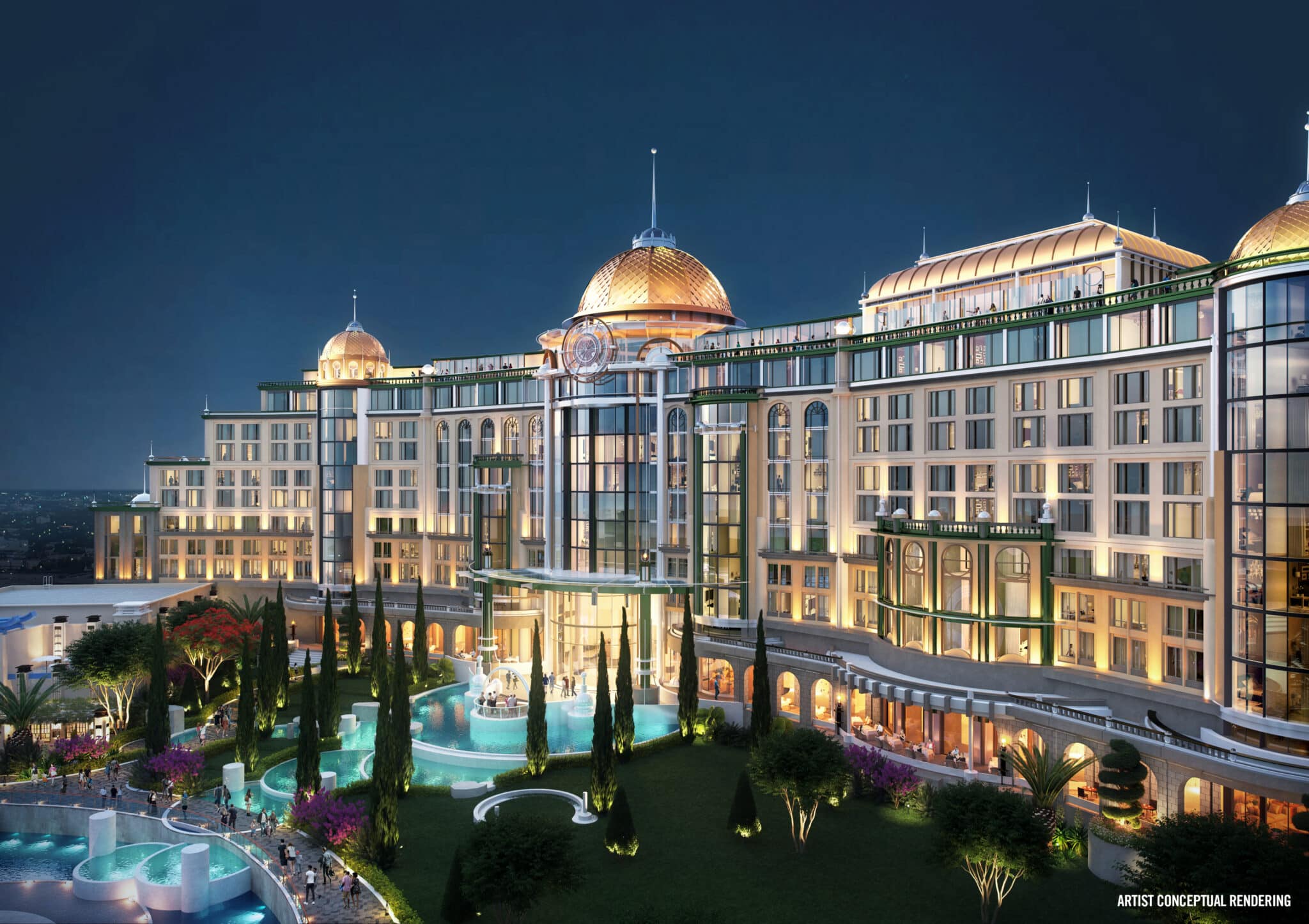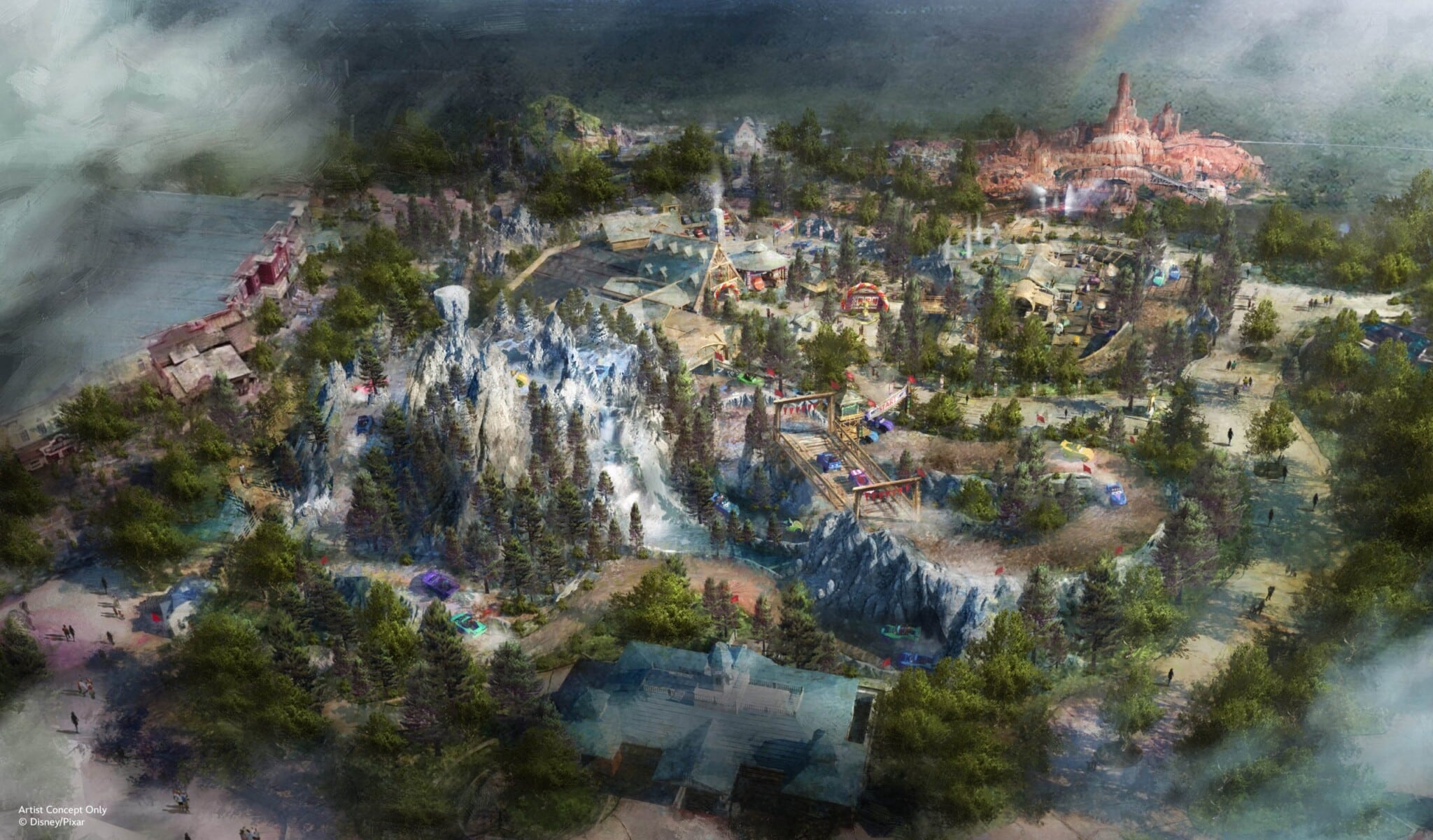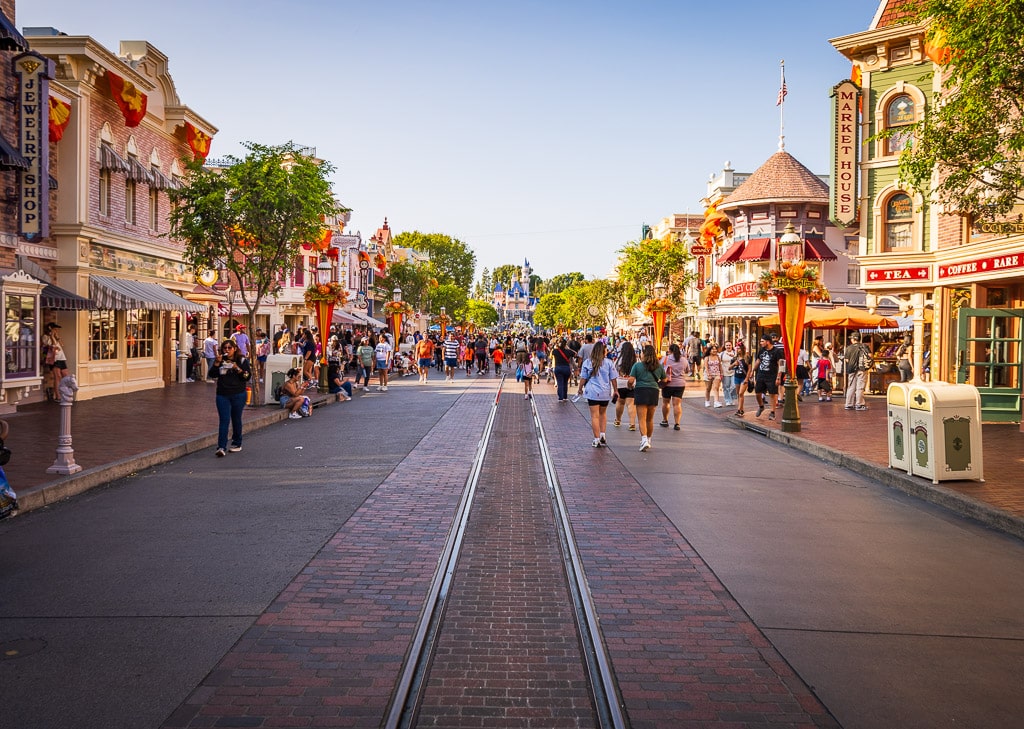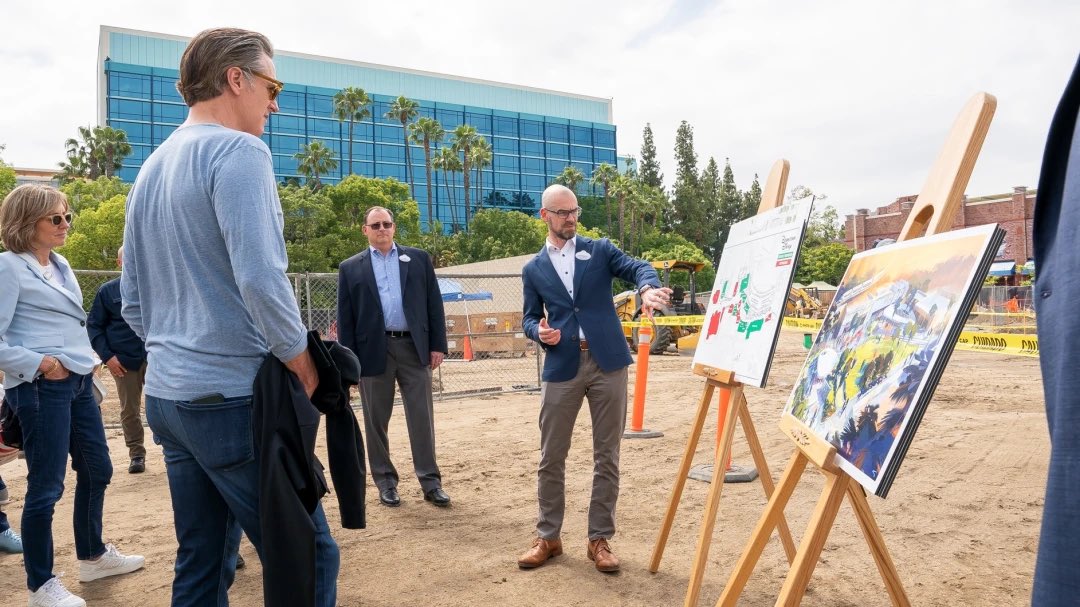
Governor Gavin Newsom has become vocally supportive of Disney as a whole, and Disneyland Resort in particular. This post details the latest sharp turn in the wild ride that is the relationship between California and the Walt Disney Company, plus our commentary about why this is good news and caused us to become optimistic about DisneylandForward.
For starters, this is quite the twist that no one would’ve seen coming 3 years ago. At that time, Governor Newsom was becoming increasingly adversarial, which resulted in the California parks being closed for 412 days (and reopening with stringent rules). Bob Iger resigned from the state’s recovery task force as a result of the fallout and the company put out press releases that openly expressed frustrations and animosity towards the state.
That’s as contrasted with the few months that Walt Disney World has shuttered (and even that was not fully attributable to the state–they could’ve opened about a month earlier had they so desired). Disney, other theme park operators, and even the City of Anaheim were all vocally critical of the ongoing closure at that time, and its purported rationale, inconsistency, and lack of proper justification. This is not to relitigate that closure, but rather, provide context. If you’re interested in reading more about that conflict at the time, read Disneyland’s Wild Reopening Ride, which covers the first six months of the saga.
This week following his attendance of the first-ever Disneyland After Dark Pride Nite, Governor Newsom met with Disney CEO Bob Iger, Parks Chairman Josh D’Amaro, and Disneyland officials about DisneylandForward. This isn’t the first time Newsom has weighed in on the proposal, as he called DisneylandForward “great news for the city of Anaheim” just last month.
Newsom’s comments came in response to an economic study from Cal State Fullerton finding that in 2018, Disneyland Resort had a total economic impact of $8.5 billion in Southern California. This was thanks to its 78,299 employees and the millions of Disneyland visitors who stayed in the area and made purchases from local businesses. Disneyland Resort generated $509.6 million in state and local taxes during fiscal year 2018; that was up 50% as compared to 2013–the first full year after Cars Land opened.
Cal State Fullerton economists estimated that for every $1 billion Disney invests into Disneyland Resort, more than 4,000 jobs and $1.1 billion in economic output would be generated during the four-year construction period. Following construction, that investment would generate an annual $253 million in economic output, $15 million in tax revenue, and 2,292 jobs.

For example, a 400-room Disney-themed hotel could generate $4 million during construction and $9 million annually in transient occupancy tax once it’s open. Hotels are a huge driver of tax revenue for Anaheim; the city currently has 152 hotels, only 3 of which are Disney-owned. Anaheim charges a nightly 15% bed tax, and collected approximately $170 million in occupancy taxes last year, which it used to hire new police officers and firefighters, fix roads, and build public parks.
DisneylandForward’s proposals coming to fruition would supposedly generate more than $20 million in tax revenue that would go directly to the State of California. Disneyland Resort is a major driver for California’s tourism industry, which itself is integral to the state’s economy. Travel spending increased to $134.4 billion last year, supported 1.09 million jobs, and generated $11.9 billion in state and local tax revenue.
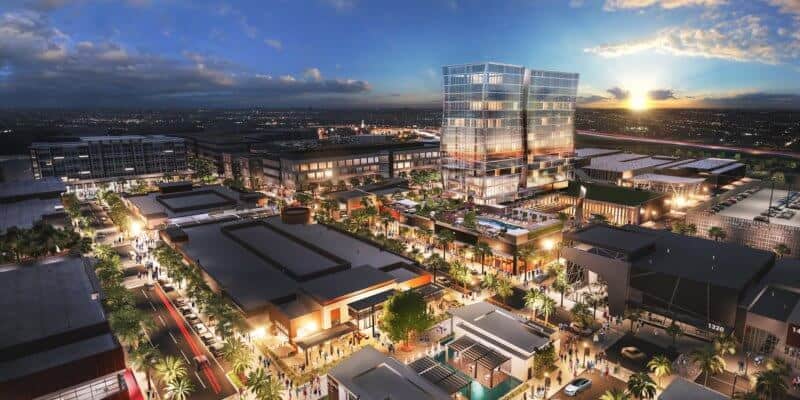
Newsom previously praised Disney’s decision to cancel its Lake Nona, Florida creative campus–thus keeping Imagineers and other high-paying roles in Southern California. According to Fox Los Angeles reporter Elex Michaelson, Gavin Newsom told him that he’s been “pushing Iger to make additional investments in California.”
That certainly makes sense given his recent statements and actions; Disney announcing a big investment in Southern California would be a political win for Newsom. While the ultimate approval for DisneylandForward lies with Anaheim, Newsom can and is putting his thumb on the scale. Moreover, Newsom can offer certain concessions and benefits at the state level; a move that it would behoove him to make to bolster his image as being more pro-business.
In addition to Newsom’s comments, California.gov also published a press release celebrating Pride Nite and “highlighting Disneyland Resort’s investments in Anaheim.” Both the headline and substance read like a puff piece that Disney itself would release; not only are Pride Nite and the positives of DisneylandForward highlighted, but so too is the Disney Aspire program, Disney’s groundbreaking education program.
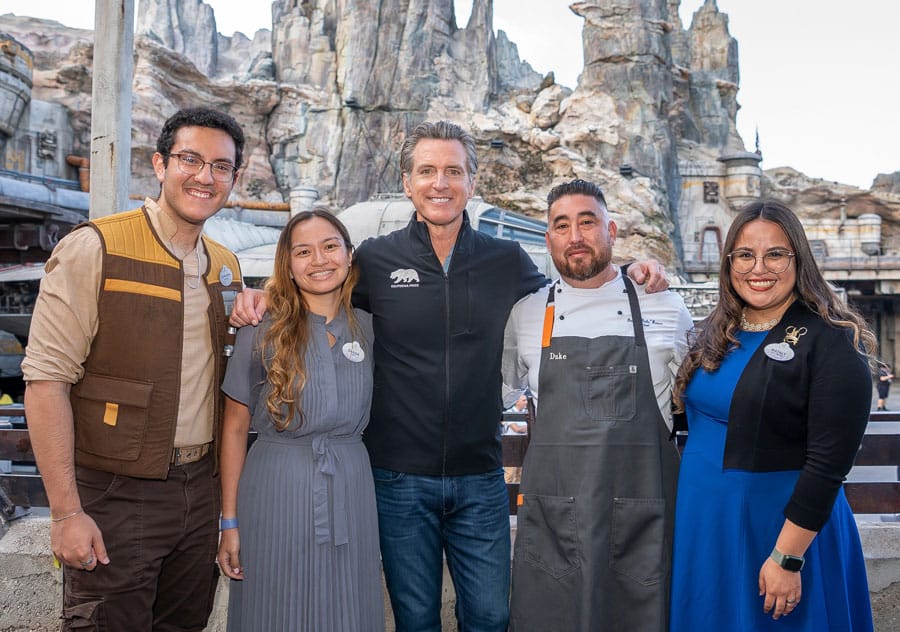
In the past, we’ve been skeptical of DisneylandForward. Our criticism has been that DisneylandForward is not a third gate at Disneyland Resort or even a commitment to build anything. Although an oversimplification, DisneylandForward is better viewed as a zoning proposal.
In essence, the pitch is to give the company more autonomy over development, and then they might use that freedom to expand the parks. Examples of expansion options–but not specific plans–are contained in the DisneylandForward promotional materials. Those are purposefully meant to excite fans with concept art from Fantasy Springs at Tokyo DisneySea (concept art below) and other ambitious projects from the international parks–but those are just examples.
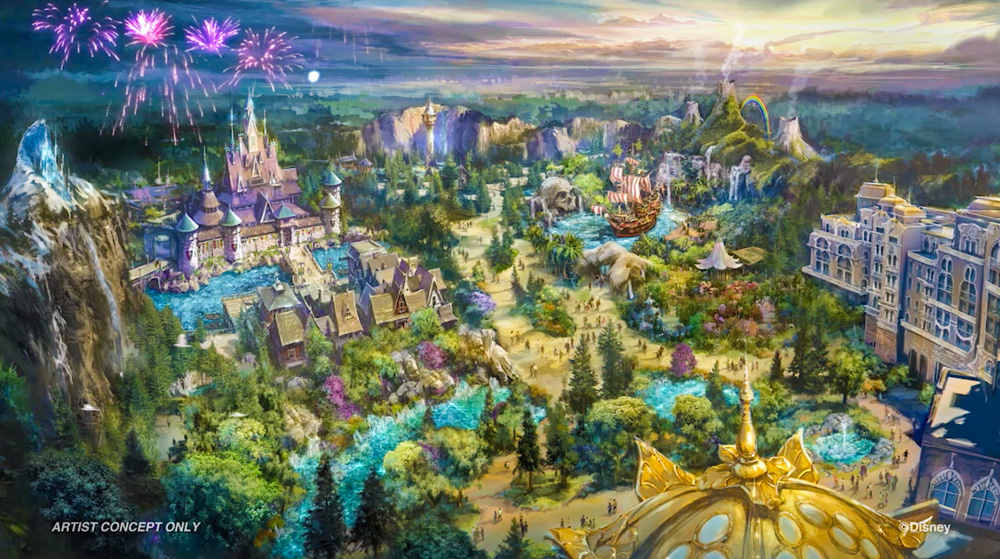
The differences now are two-fold. First, there’s has been a sea change at the Walt Disney Company. When the initial DisneylandForward proposal was released, the company was drowning in debt, laser-focused on streaming services, and expressed zero appetite in theme park investments.
DisneylandForward was, pretty transparently, an opportunistic attempt to capitalize on favorable public sentiment following the closure. The goal wasn’t to build anything, it was to give Disney carte blanche for future development without meaningful checks by Anaheim or other stakeholders.
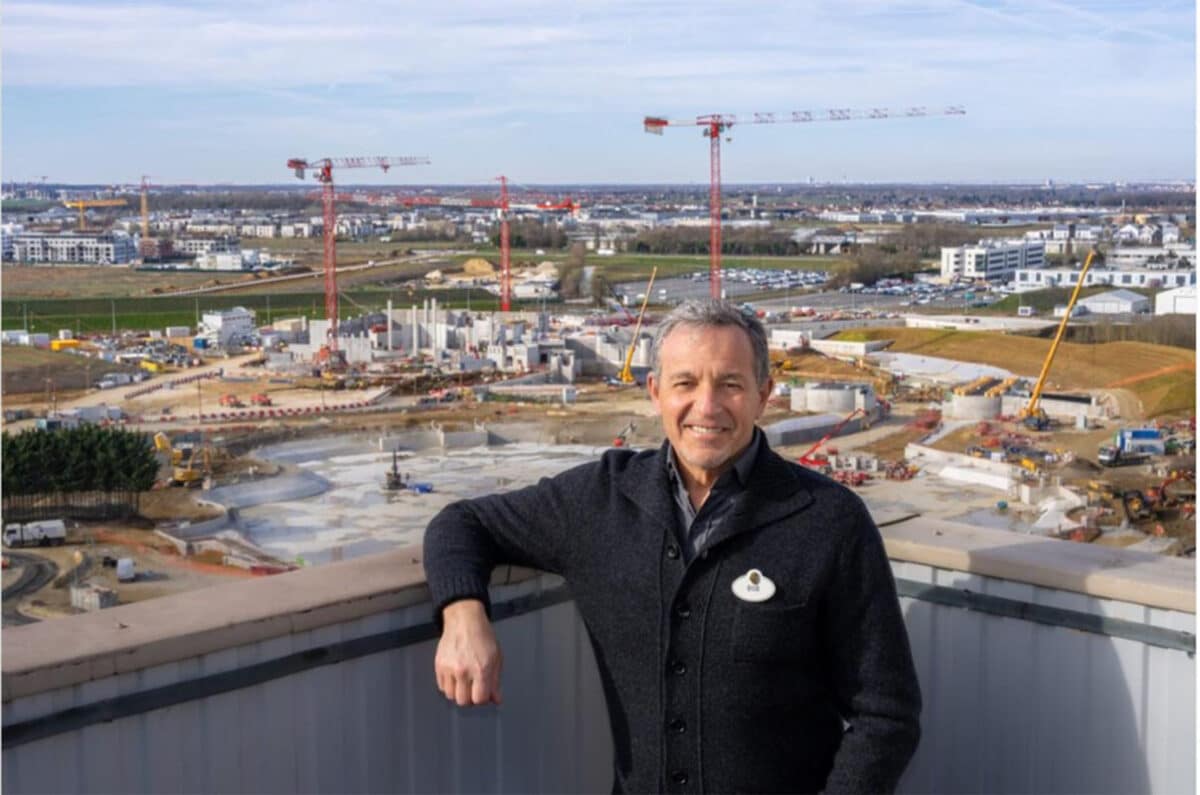
Although debt remains worrying and that plus streaming presents a near-term impediment to theme park investment, there is an obvious and actual desire to invest billions in theme parks. Disneyland President Ken Potrock has repeatedly stated during community meetings that the company plans on investing billions of dollars just in Disneyland.
Disney CEO Bob Iger and Parks Chairman Josh D’Amaro repeatedly touting ambitious plans for the future, bullishness on parks, and desire for capacity-expanding additions. We discussed all of this in great length in Bob Iger Wants Big Expansions at Walt Disney World & Disneyland.
Our reason for taking all of these statements at face value instead of being skeptical or cynical is simple: Wall Street investors and analysts have soured on streaming and want to see more spent on theme parks. With that as the catalyst, Disney is going to invest significantly in the parks as soon as possible. (This isn’t a change under the new Iger regime, either; it was set in motion towards the end of Chapek’s tenure.)
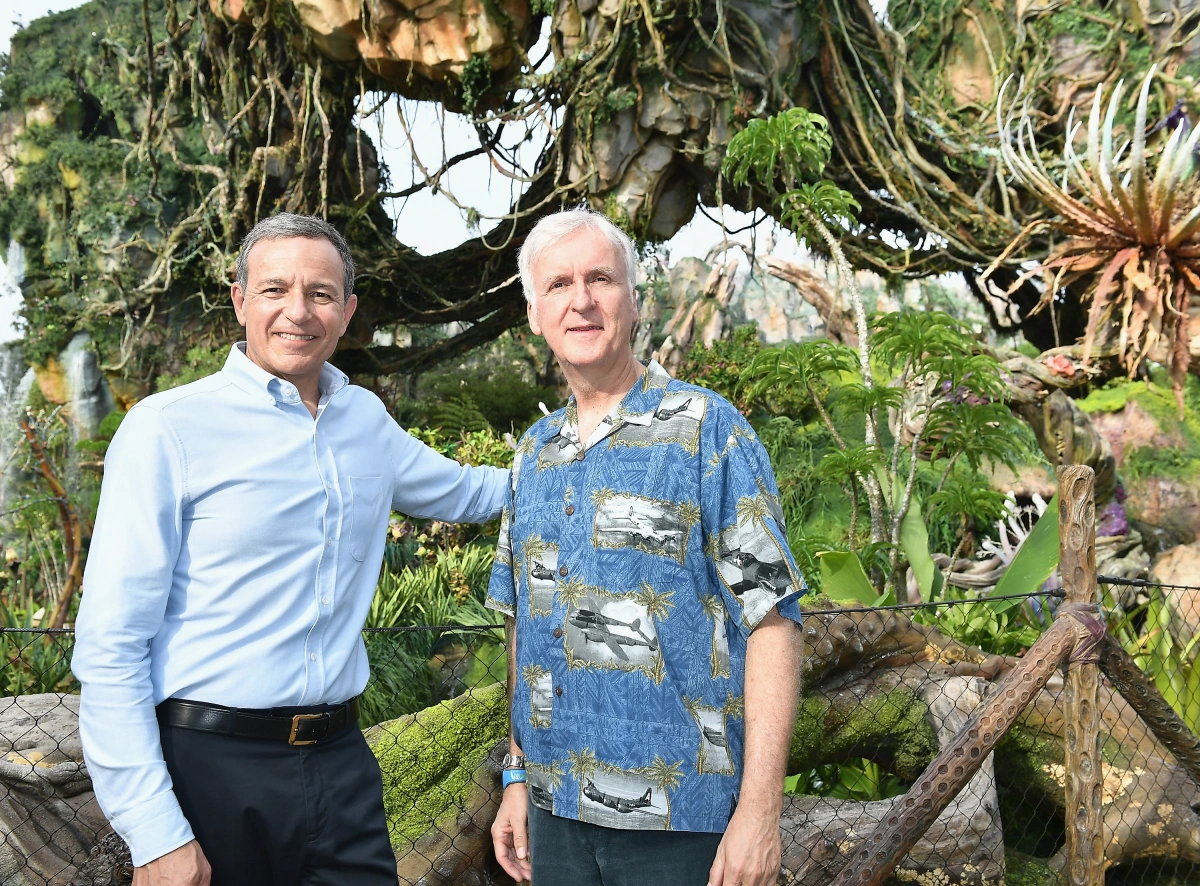
Bob Iger already revealed that an Avatar Experience Is Coming to Disneyland. He has since made multiple media appearances and mentioned this, while declining to provide additional details about the substance and nature of this. At this point, what that “experience” will entail or where it’ll be located is anyone’s guess. It could be as small as a walk-through or as ambitious as Pandora – World of Avatar. No one knows.
What’s already been announced plus whatever this Avatar experience is plus the land freed up by DisneylandForward could result in a development boom that easily surpasses the overhaul of Disney California Adventure. Although I’m still highly skeptical that this would mean Fantasy Springs at Disneyland Resort, that amount of investment seems plausible.
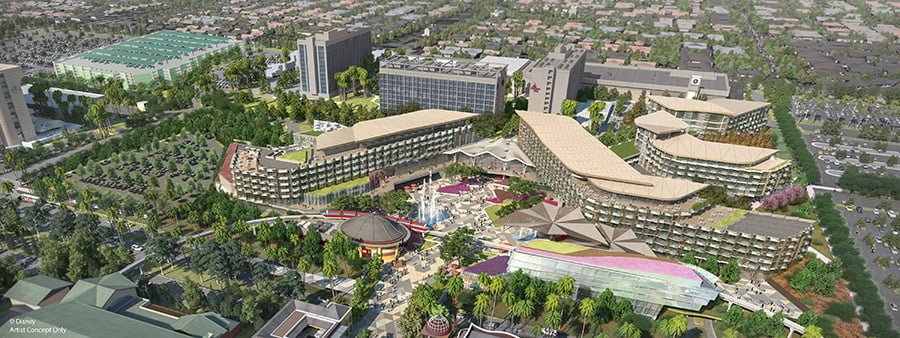
The other reason for our about-face on DisneylandForward is because of the changing political climate in California. Thate state publishing what amounts to pro-Disney propaganda is something that never would’ve happened 3 years ago. It also wouldn’t have happened pretty much any time in the decade before that.
For those who don’t recall, the company’s last attempt at a development boom at Disneyland Resort, meant to ride the Star Wars: Galaxy’s Edge wave of growth, stalled after facing staunch opposition from the city. This included the Eastern Gateway proposal, which was ultimately abandoned after local businesses challenged it under the terms of the Disneyland Resort Specific Plan.
In addition to abandoning the Eastern Gateway, Disneyland also proposed and abandoned a luxury hotel project to replace part of Downtown Disney (concept art above). That one was killed by the city itself, and a morass of political disputes did significant damage to Anaheim’s and Disney’s 60+ year relationship at that time.
All of that has changed since. Anaheim has elected new leadership, which is far more friendly to Disneyland. Then there’s the aforementioned turn of Governor Newsom. This alone would be huge. Historically, development hasn’t always been easy in California, so having the weight of city and state leaders championing development in Disneyland is a really big deal.
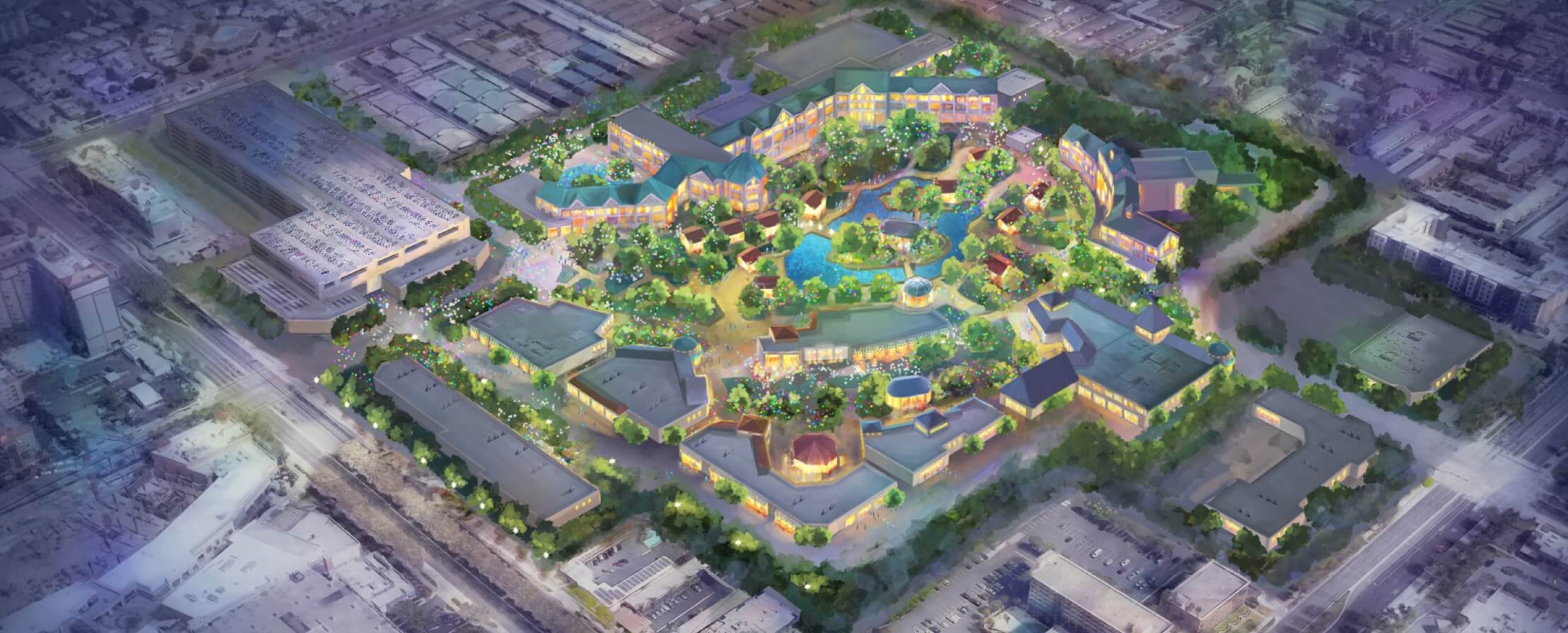
This presents a golden window of opportunity to accomplish aggressive expansion plans without as much red state and with the blessing of, and even assistance from, the state of California. That coupled with the sincere statements of Iger, D’Amaro, and Potrock about theme park expansion plans, it’s easier to be more optimistic about DisneylandForward. The difference between now and a couple years ago when it was announced is that now, there’s some there there.
There’s also the practical reality that the Walt Disney Company is not going to be in a financial position to build everything everywhere all at once. In the near to medium term, tough decisions are going to be made about expansion, and picking and choosing projects at Walt Disney World and Disneyland. There will be winners and losers, that that aforementioned window of opportunity with California–coupled with the ongoing standoff in Florida–potentially makes it easier to justify prioritizing Disneyland expansion.
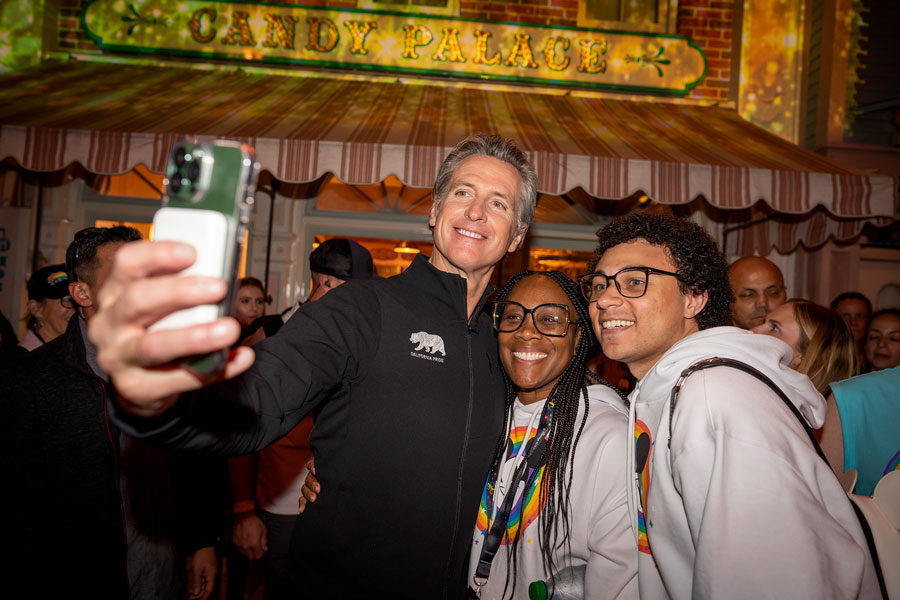
To that point, the basis for Governor Newsom’s about-face is fairly transparent: it’s political posturing. Newsom has positioned himself as a foil to Florida Governor Ron DeSantis, and has soft launched his own campaign for the White House at some future point to be determined. The two home-state governors where Disney does business have become central figures in the culture wars, almost reflexively opposing one another on every issue. This is not a value judgment about either or both of those politicians. It is what it is.
In any case, the Walt Disney Company has become a “victim” of this dynamic in Florida and, by extension, a beneficiary of it in California. Florida digs in deeper for the DeSantis vs. Disney legal battle, with that governor-turned-presidential candidate reportedly rebuffing Bob Iger’s requests for a meeting. And why would DeSantis want to meet? Taking on Disney is simply good politics for him, proving popular with and providing red meat for the base during his presidential campaign.
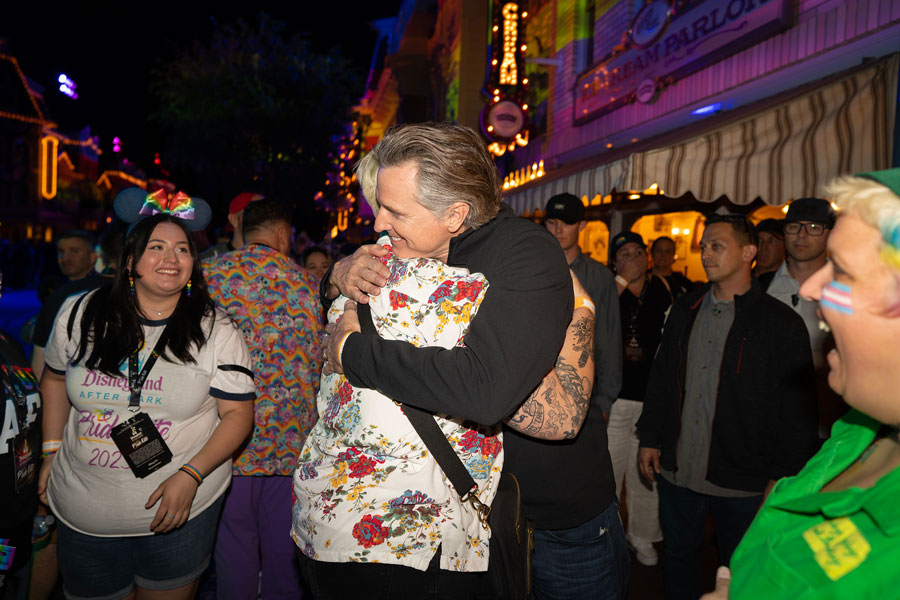
Conversely, being the pro-Disney candidate is now good politics for the Governor of California. Consequently, Newsom has donned metaphorical Mickey ears and embraced the House of Mouse. In addition to championing DisneylandForward, he attended Pride Nite and promoted the event on his social media channels. (Not that it needed promotion–it’s the rare Disneyland After Dark to totally sell out for the season before the first event occurred.)
Newsom also said that California attracts talent and ideas that drive economic growth “make us a hotspot for world-leading companies like Disney to grow & prosper.” Based on all of this, it’s pretty clear that Newsom is now willing to play ball with the Walt Disney Company in order to score some political points of his own.
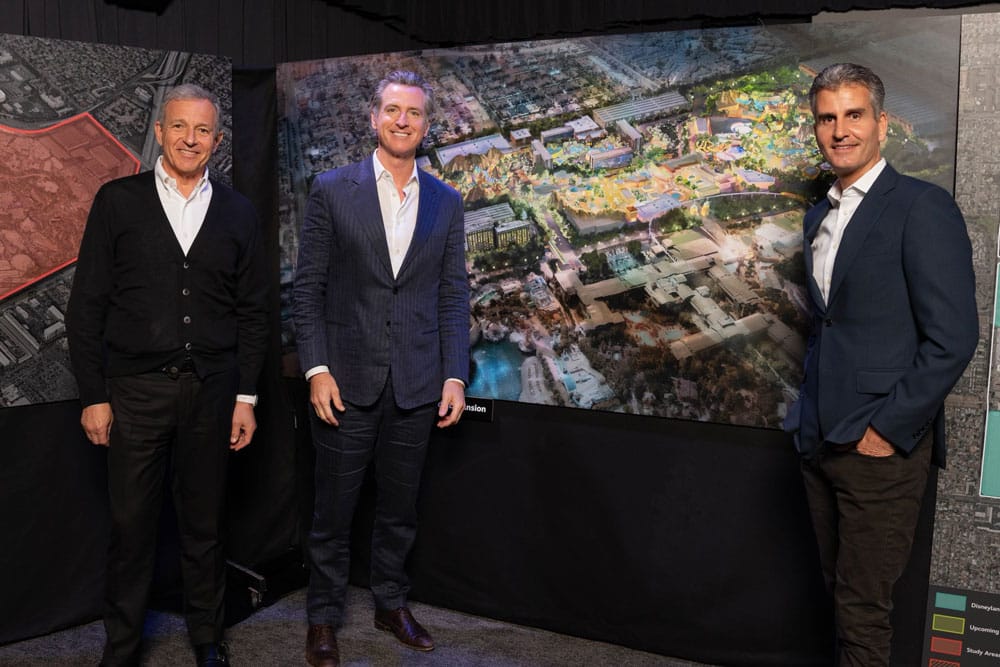
Ultimately, the latest sharp turn in the wild ride between Disney and California is great to see and Newsom’s ulterior motives don’t much matter. The end result is the same whether this is sincere or a political stunt, and is a positive development for Disney. With that said, there are undoubtedly and understandably some fans who are still bitter about the 412 day closure and think Disney should hold a grudge.
We vehemently disagree. Business leaders should have the memories of goldfish. From Disney’s perspective, playing nicely and reconciling with Gavin Newsom after the relationship became strained in 2020 and into early 2021 is the smart move. It puts advancing business interests ahead of grievances, which is the right thing for shareholders and fans. It’s not personal, Sonny. It’s strictly business.
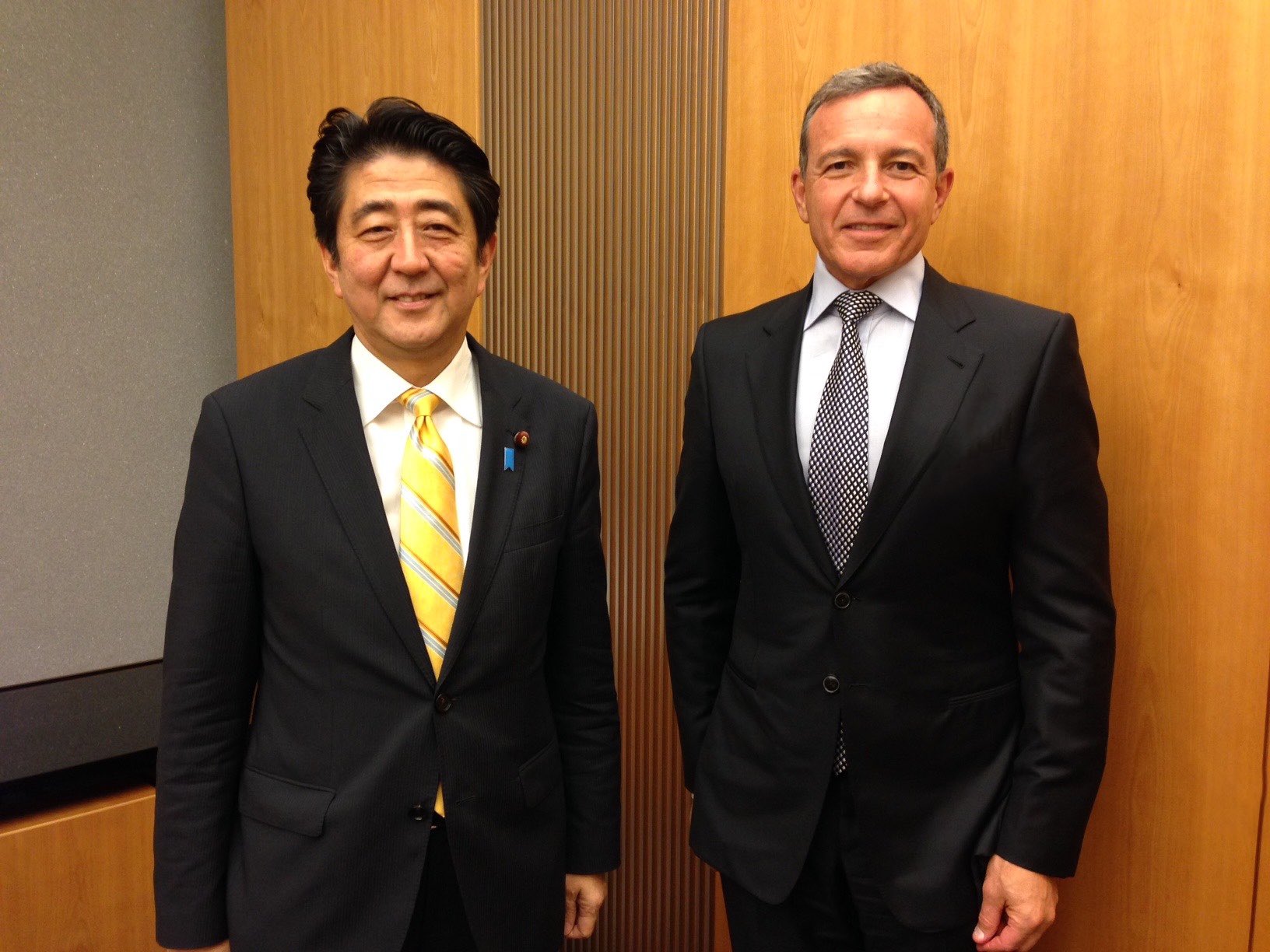
Oh, and for the political partisans out there, all of this is hardly new or unique. Bob Iger has met with a range of different politicians, from Xi Jinping to Emmanuel Macron to Shinzo Abe (above). Doing business with the first name on that list was a mistake, but what’s done is done–there’s no unringing that bell.
Additionally, Iger has participated in a number of committees and has undoubtedly had countless closed door meetings with other politicians to further the interests of Disney. It’s safe to assume that list includes all governors of California and Florida between 2005 and 2020, too.
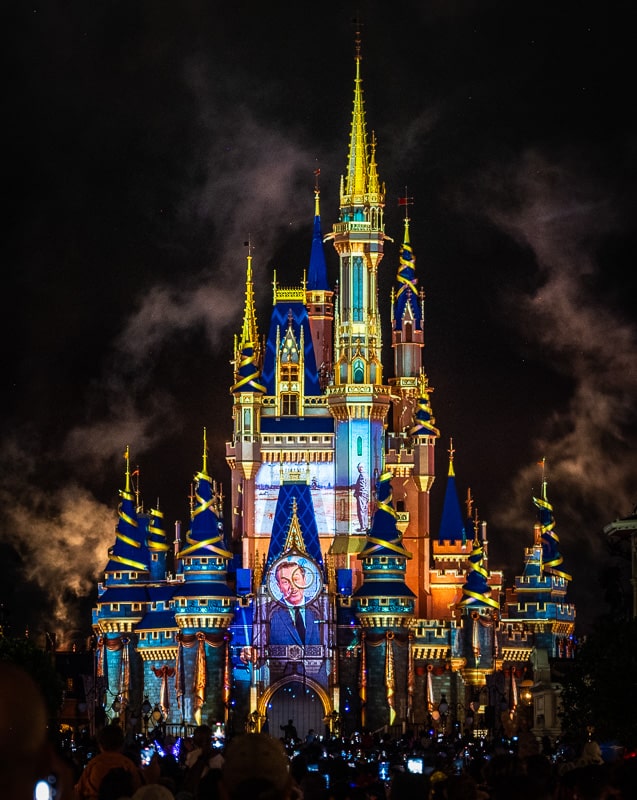
Speaking of Florida…turnabout is fair play, so to speak. The same sentiment expressed here will be true in the not too distant future in the Sunshine State. Walt Disney World is not going anywhere, and will outlast any politicians and corporate executives. Sooner or later, the company and the state will set aside their differences and work together.
No matter which side “wins” in the current standoff there, the interests of Florida and Disney are ultimately aligned. Just like what we’re seeing now in California, it behooves both the company and the state to move past the past conflicts and work together towards mutually advantageous ends. We will likewise be applauding the inevitable photo op between whoever is the CEO of Disney and whoever is the governor of Florida in 3 years when the current unpleasantness is put in the rearview mirror.
Planning a Southern California vacation? For park admission deals, read Tips for Saving Money on Disneyland Tickets. Learn about on-site and off-site hotels in our Anaheim Hotel Reviews & Rankings. For where to eat, check out our Disneyland Restaurant Reviews. For unique ideas of things that’ll improve your trip, check out What to Pack for Disney. For comprehensive advice, consult our Disneyland Vacation Planning Guide. Finally, for guides beyond Disney, check out our Southern California Itineraries for day trips to Los Angeles, Laguna Beach, and many other SoCal cities!
Your Thoughts
What’s your take on Bob Iger and Josh D’Amaro meeting with Governor Newsom about DisneylandForward? Think the company should seize on his about-face towards Disney and take advantage of this window of opportunity? Hope that a few years from now, the strained relationship between Florida and Disney is similarly repaired? Or do you think that Disney leaders should hold self-defeating grudges that undermine their own interests? Agree or disagree with our assessment? Any questions?
Regardless of your perspective, please keep the comments civil. This is not the place for politically-charged arguing, antagonism, personal attacks, or perpetuating pointless culture wars. There’s a way to tactfully convey points touching on politics and social issues without being disrespectful or disparaging. Without regard for viewpoint, we will delete comments that cross the line, are lacking in decorum or don’t attempt to thoughtfully contribute to the conversation. If you wish to rudely shout your anger into the internet abyss or troll for controversy, that’s why Facebook was invented.



